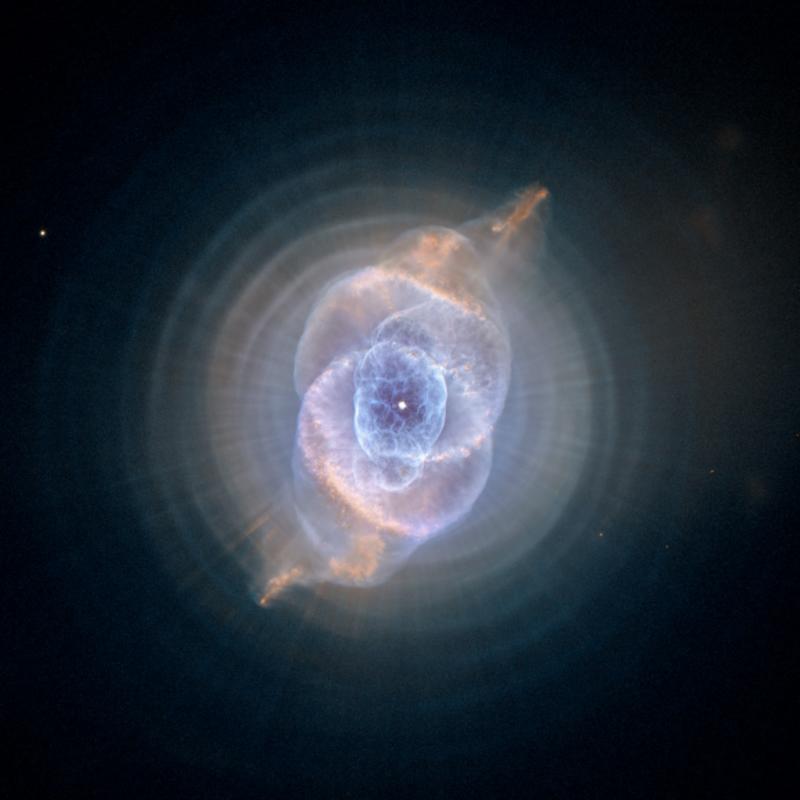Recently an exciting new type of ground-based telescope came online. It is a collaboration between the University of Arizona, the National Institute of Astrophysics in Italy, and several institutions in Germany. It is an innovative idea to use two large mirrors for the telescope, like a pair of binoculars. This will give the telescope a large collecting area while avoiding complications of making one very large mirror.
The idea first started back in 1992 between Arizona and Italy. They only had the funding to make one mirror, but in 1997 with the addition of Germany and Ohio State University, the project was under way. The telescope mount was constructed in Italy and shipped to Arizona, where it joined the mirrors being constructed. The observatory will be part of the Mt. Graham International Observatory near Safford, Arizona.
The telescope will consist of two 8.54-meter mirrors on a shared mount, which has the light gathering power equivalent to one 11.8-meter mirror and a resolving power of a 22.8-meter mirror. The building of the two mirrors is a delicate and complicated process. The mirrors must go through an extensive annealing and cooling process. Then two tons of glass are added and then a slow heating process started, then another round of annealing and cooling. During this process glass leaks are possible which can really complicate things. Once finished the mirror mold must be cleaned and polished very carefully and exactly. The mirrors must stay in a temperature-controlled environment to prevent temperature changes affecting the surface of the mirrors.
The first primary mirror saw first light in 2005, but it wasn’t until 2008 that both mirrors came online together. The optical instruments include a UV spectrograph, thermal infrared imager, near infrared camera, high-resolution optical spectrograph, optical direct imager, and more. The telescope is designed for observing in the UV, optical, and infrared wavelengths.
The Large Binocular Telescope observatory (LBT) is the world’s highest resolution and most technologically advanced optical telescope, creating images in the near infrared with 10 times the resolution of the Hubble Space Telescope. There should be some exciting new developments coming from the LBT once it really gets going. It is a great example of innovation and ingenuity to overcome the technological obstacles of making very large mirrors and by using an array of smaller (yet still large) mirrors.

